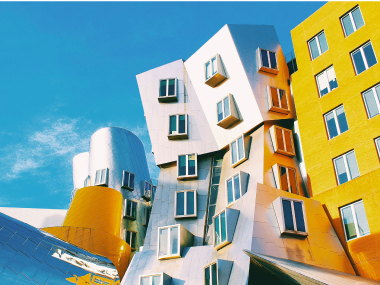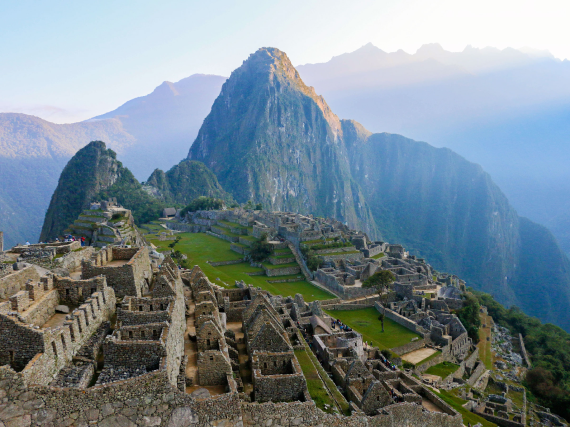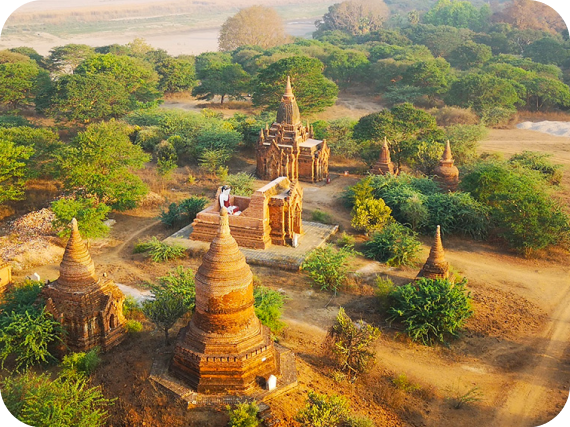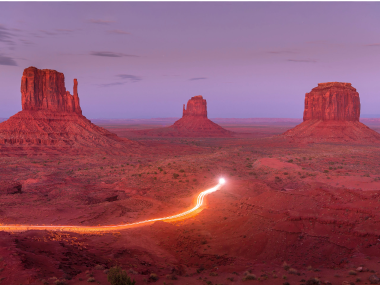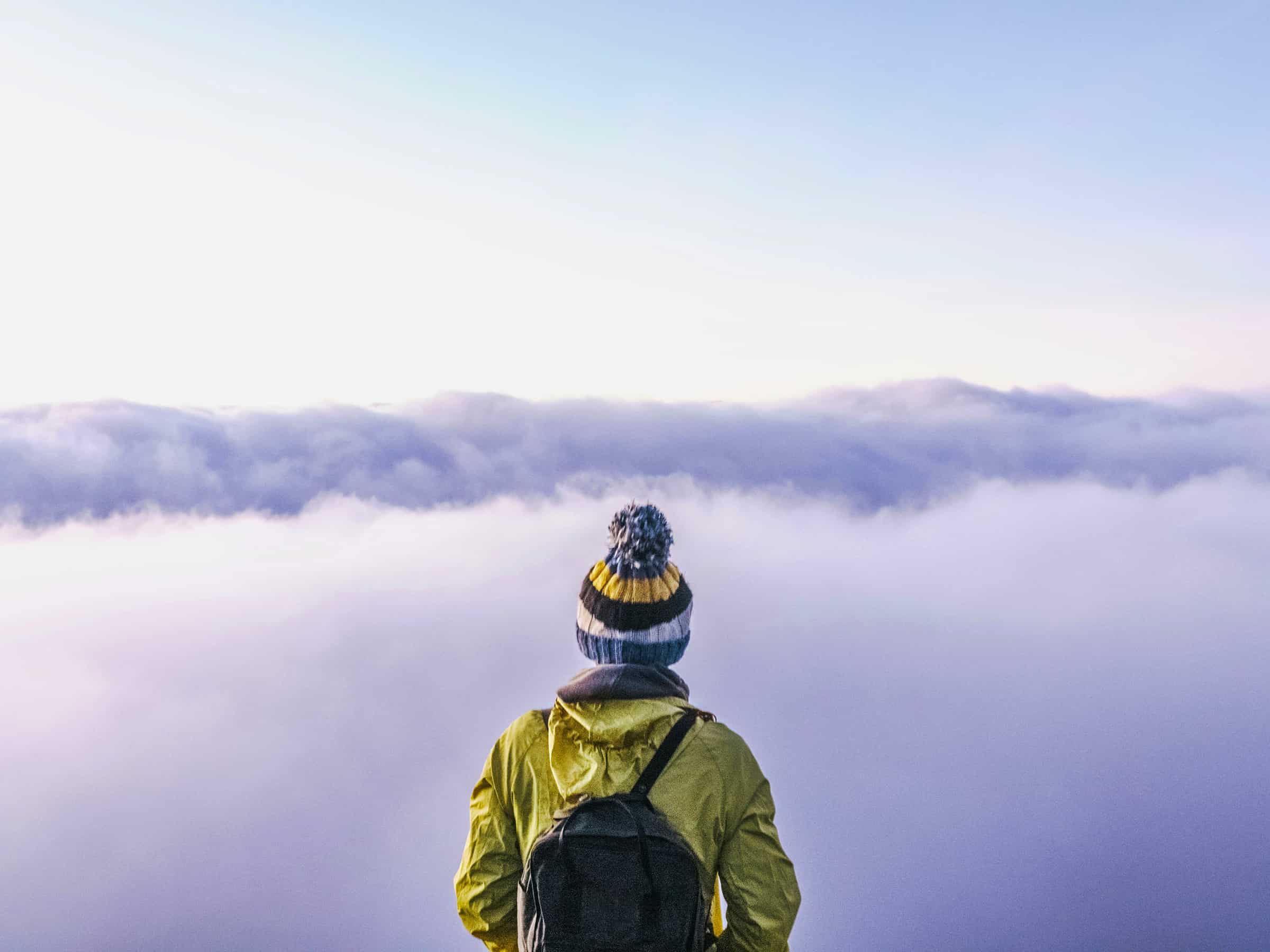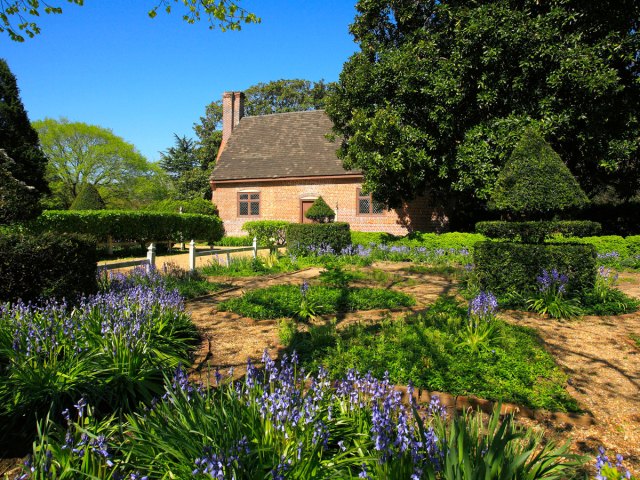Without volcanoes, our planet would be a very different place. Not only do some volcanic eruptions form new land, but heat from deep within the Earth can also be harnessed for geothermal energy. Mineral-rich rocks give us metals such as gold, nickel, and copper, while weathered volcanic material creates the fertile soils that support agriculture. Of course, it’s not all positive — eruptions can be tricky to predict and hazardous to life. Yet, volcanoes are deeply fascinating, providing one of nature’s greatest spectacles. Take a look at some of the world’s most active volcanic regions and explore why they have an enduring appeal to travelers.
Iceland

Iceland owes its very existence to a volcanic mantle plume through which magma is able to find its way to the surface. The country sits on the Mid-Atlantic Ridge and is home to an estimated 130 volcanoes, of which around 35 are active. Approximately one-third of the lava that has spewed from the Earth’s surface in the last 500 years is found in Iceland.
Some of this lava created the new island of Surtsey, now a UNESCO World Heritage Site, during an eruption that lasted from 1963 to 1967. Most recently, attention has turned to the Reykjanes peninsula, where ongoing activity has been impacting the region since Mount Fagradalsfjall sprang to life in 2021.
Hawaii
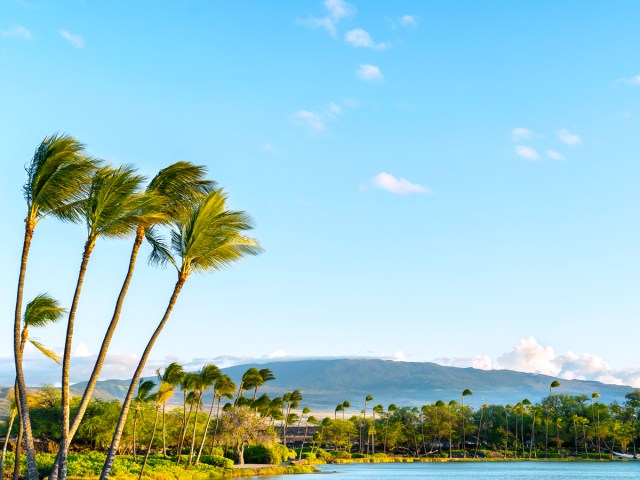
According to the Smithsonian Institution’s Global Volcanism Program, the U.S. is the country with the most volcanoes that have erupted during the last 12,000 years. Nowhere is that more evident than in the state of Hawaii. The United States Geological Survey (USGS) recognizes Mauna Loa as the largest active volcano on the planet — its summit rises more than 10 miles above its base, making it the second-tallest mountain on Earth when measured from base to peak. (Yes, even taller than Everest.).
But Hawaii’s volcanic headliner is without a doubt Kilauea, geologically the youngest and the most active of the five volcanoes that make up Hawaii’s Big Island. This extraordinary shield volcano, whose name most likely translates to “spewing” or “much spreading,” has barely stopped erupting in recorded history.
Southern Italy

Italy is home to 12 volcanoes, nine of which are considered active. Mount Vesuvius famously destroyed Pompeii in 79 CE; it last erupted in 1944. Vesuvius is considered one of the world’s most dangerous volcanoes because it tends to erupt violently and with little warning, and it looms over the densely populated Bay of Naples, home to around 3 million people.
Dominating the island of Sicily, Mount Etna is the largest active volcano in Europe. This stratovolcano erupts often, though the smoke rings that were emitted in 2024 were an unusual sight. From Sicily, it’s an easy day trip to the Aeolian Islands, a volcanic archipelago home to Stromboli and Vulcano.
Democratic Republic of the Congo
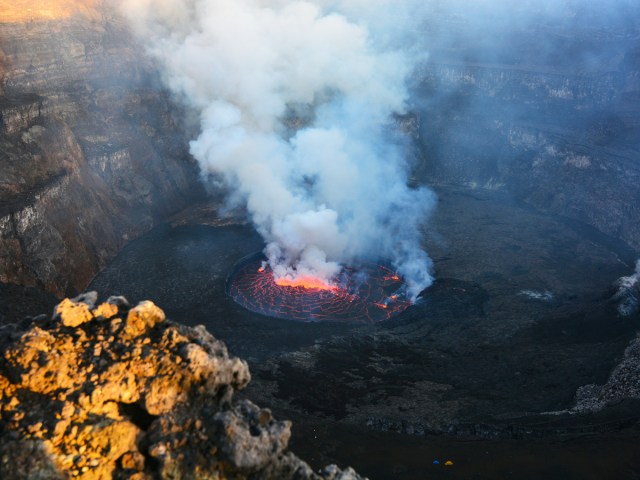
Africa’s most active volcanic region is located in the Virunga Mountains, close to the border between the Democratic Republic of the Congo and Rwanda. Some of the area’s volcanoes, such as Karisimbi and Bisoke, straddle the border. However, the most active are found in Congo — including Mount Nyamulagira and Mount Nyiragongo, both of which have erupted recently.
Nyiragongo’s crater is also home to the world’s largest lava lake. Every so often, it empties. Lava with characteristically low viscosity pours down its steep flanks as easily as water might, faster even than the flows seen in Hawaii. When it reaches populous cities such as Goma, it can have devastating consequences.
The West Coast of the Americas
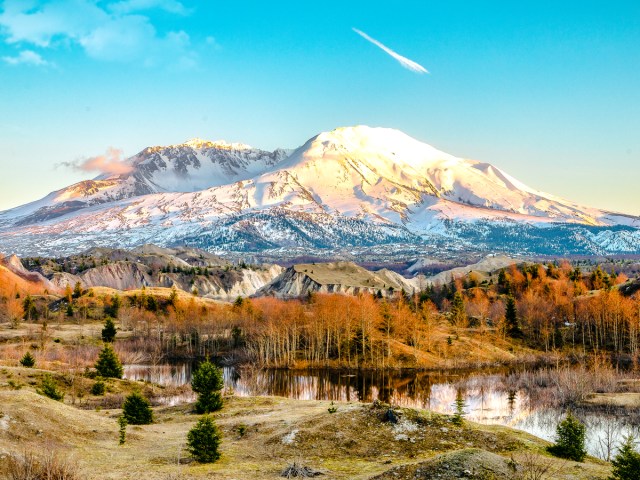
More than 450 active volcanoes, around three-quarters of the world’s total, encircle the Pacific Ocean. Found near tectonic plate boundaries, these volcanoes form a horseshoe-shaped belt that’s known as the Ring of Fire. From Alaska in the north to Chile in the south, much of the west coast of the Americas is part of the Ring of Fire.
When dormant, these volcanoes become a playground for nature lovers, who hike the sylvan trails that surround Mount St. Helens in Washington state, ski down Volcán Villarica in Chile, luxuriate in hot springs beneath Ecuador’s Mount Tungurahua, or seek out the elusive quetzal bird-watching on the slopes of Barú in Panama. In Nicaragua, it’s possible to scramble up a vertiginous trail and then sandboard down the flanks of Cerro Negro. If that sounds like too much effort, you can instead drive right up to the rim of Volcán Masaya and peer down into its sulfurous abyss.
Indonesia
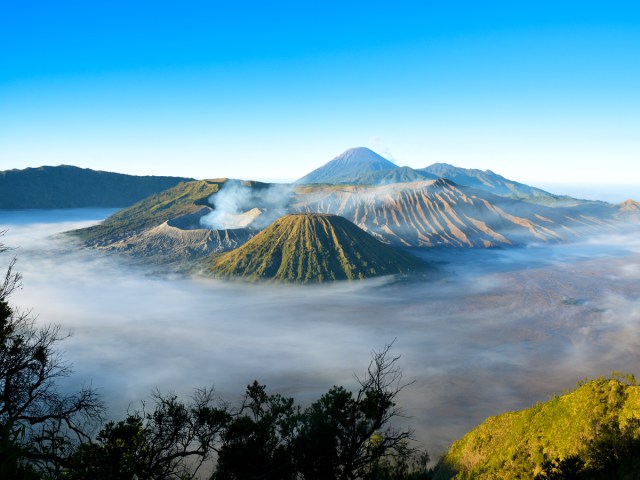
Indonesia, which also lies within the Ring of Fire, is home to some of the most active volcanoes in the world. Yet, when its volcanoes are dormant, there’s a serene beauty to these landscapes. That’s certainly the case at Bromo Tengger Semeru National Park, where Mount Bromo, Mount Batok, and Mount Semeru line up to be admired.
Tragically, the 1883 eruption of Krakatau (Krakatoa) was so great that the volcano collapsed in on itself. Many died from pyroclastic flows, falling tephra, and consequential tsunamis. A new volcanic cone grew within that caldera, known as Anak-Krakatau (Child of Krakatoa). More devastating still was the 1815 eruption of Tambora, widely considered to be the most powerful volcanic eruption in recorded history.
Japan

There are 111 active volcanoes in Japan, many of which are located in the country’s national parks. The most iconic is Mount Fuji, a 12,389-foot-high stratovolcano that’s the tallest in the country. Mount Fuji’s climbing season lasts from early July until mid-September, but it’s also possible to catch a glimpse of it from a passing shinkansen high-speed train.
Another volcano worth seeking out is Sakurajima, which puffs away almost constantly and is a short ferry ride away from the city of Kagoshima in Kyushu. The closest viewing point is the Yunohira Observation Point, which overlooks the crater. Hikers can also follow the Nagisa Lava Trail, which winds through the lava field deposited during the 1914 eruption.
Vanuatu
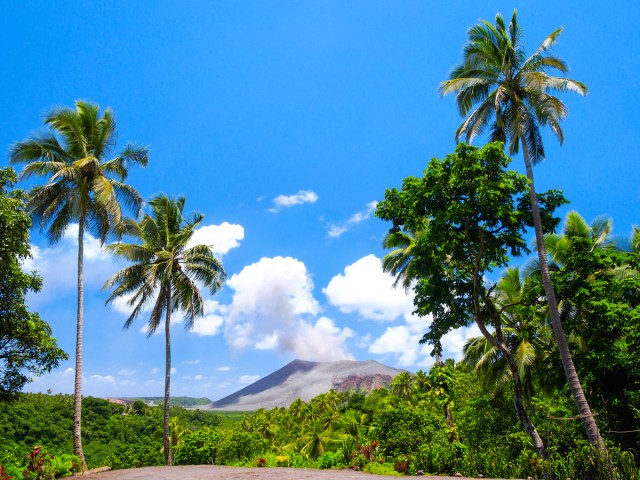
One of the most accessible volcanoes in the world, assuming you discount the time it takes to reach the tiny South Pacific island nation of Vanuatu, is Mount Yasur. This volcano, located within an ash plain on the island of Tanna, has been erupting nearly constantly since at least 1774 — and perhaps for as long as eight centuries.
As dusk falls, Yasur puts on a Strombolian show of incandescent lava fountains that resemble a fireworks display, delighting those who join a guided tour that leads just shy of the crater. Be sure to bring a pen to write your postcards: There’s even a post collection box close to the volcano’s rim.
Featured image credit: DEVI RAHMAN/ AFP via Getty Images
More from our network
Daily Passport is part of Optimism, which publishes content that uplifts, informs, and inspires.
